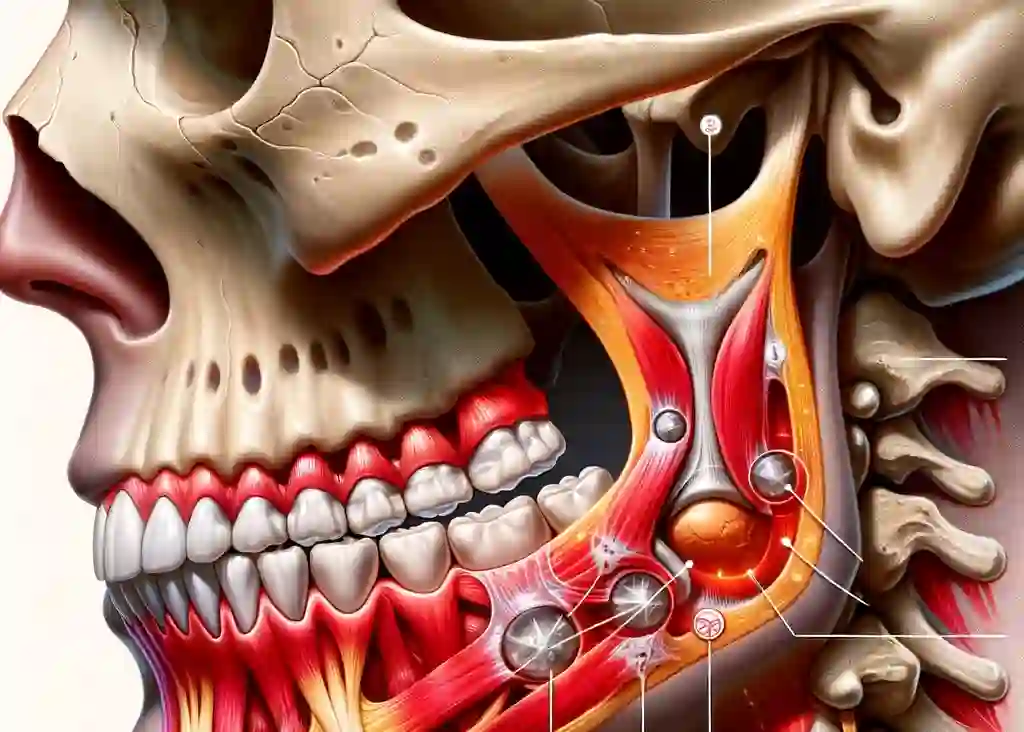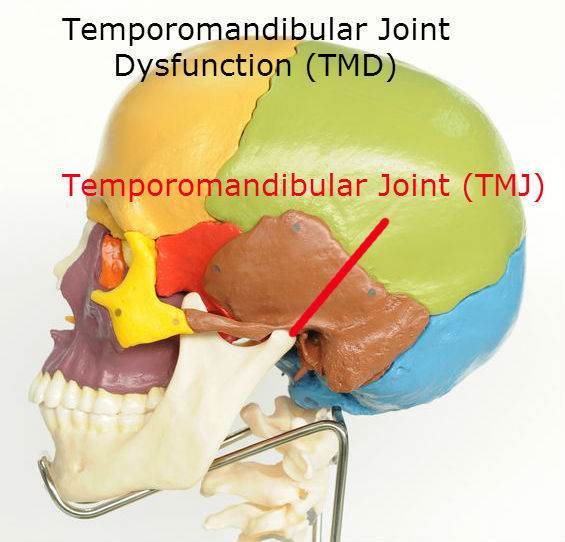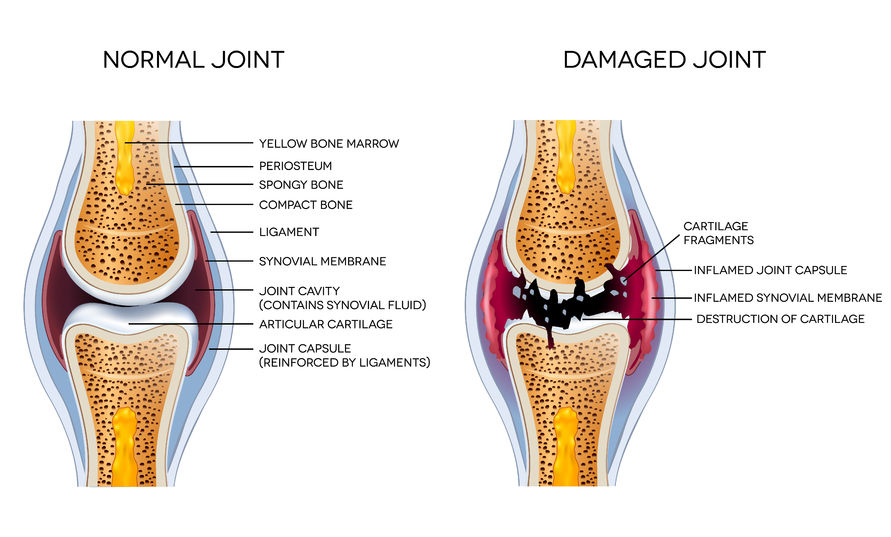Unlocking Relief: Chiropractic Solutions for Persistent TMD

Do you find yourself grappling with relentless jaw pain? Has the term TMD or Temporomandibular Joint Dysfunction entered your conversations with dentists, possibly even leading you to contemplate jaw surgery? The Temporomandibular Joint (TMJ), situated just in front of your ear, can be a source of discomfort when afflicted by Temporomandibular Dysfunction (TMD). Affecting 40% of the population, TMD can manifest in the muscles, joints (TMJ), or both.
Common Symptoms Of TMD
One common indicator of TMD is the audible clicking sound during mouth movements, often accompanied by pain. When TMD originates from muscle-related issues, a tense sensation may be felt around the sides and inside the mouth.
6 Exercises You Need For Sacroiliac Joint Dysfunction: Sacroiliac Joint Pain:
Recognizing TMD Symptoms:
- Opening Click: Audible clicking when opening your mouth.
- Closing Click: A clicking sound upon closing your mouth.
- Pain with Wide Opening: Discomfort while opening your mouth wide.
- Pain with Teeth Clenching: Discomfort or pain during teeth clenching.
- Tension and Tightness: Sensation of tension around the jaw joint, sides of the face, or temple area.
- Limited Mouth Opening: Inability to open your mouth to the width of three knuckles.
- Difficulty Biting: Challenges when biting into hard or chewy substances.
- Pain with Talking: Pain or fatigue after extended periods of talking.
- Morning Discomfort: Aches in the temporomandibular joint in the morning, especially after grinding or clenching during the night.
Chiropractic Therapy Can Help TMD Muscle And Joint Problems
Recent research suggests that chiropractic therapy can be a valuable intervention for TMD stemming from muscle issues, joint problems, or a combination of both. Your chiropractor can provide not only hands-on treatments for the affected muscles but also valuable insights into the anatomy and function of the TMJ joints.
Chiropractic Research
A randomized control study involving 93 individuals with TMD, referred by dentists, yielded promising results. The participants were divided into three groups:
- Chiropractic Treatment: Focus on treatments for muscles inside and outside the mouth.
- Chiropractic Treatment & Education: A combination of chiropractic treatment and informative sessions.
- No Treatment or Control Group: The group received no specific intervention.
New Research Recommends Adding Chiropractic Care To Standard Medical Care For Lower Back Pain
Chiropractic and Education Group Did the Best at Managing Jaw Pain
At the six-month mark, both chiropractic treatment groups exhibited improvements compared to the no-treatment group. Interestingly, after a year, the group receiving chiropractic treatment and education sustained their progress, while the chiropractic-only group seemed to experience regression.
While acknowledging the study’s size, it’s noteworthy that treatment and education emerged as the most effective approach for managing TMD-related jaw pain. This indicates the potential for chiropractic care to alleviate immediate discomfort and empower individuals with the knowledge needed for sustained relief. So, unlock the potential for a pain-free jaw by exploring chiropractic solutions enriched with education.
Feel free to share your questions, thoughts and experiences in the comments below, and don’t forget to connect with us on Facebook for more updates and tips on improving your health. We’d love to hear your opinions on who you consider the best TMJ chiropractor.
- Kalamir A, Bonello R, Graham P et al, Intraoral myofascial therapy for chronic myogenic temporomandibular disorder: A randomized controlled trial, Journal of Manipulative & Physiological Therapeutics 2012; 35: 26-37, May 2012







